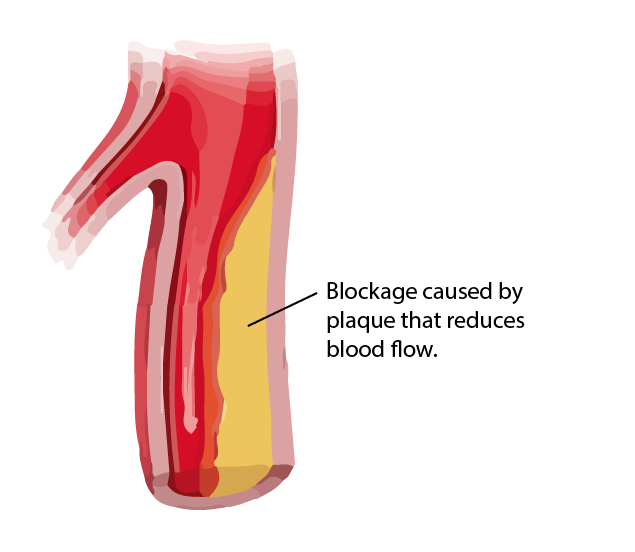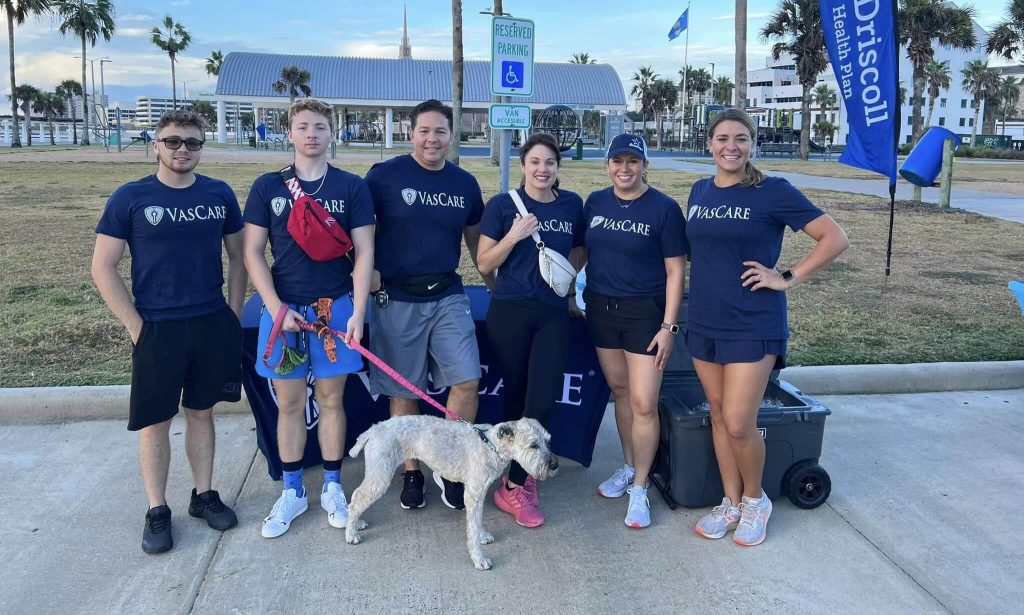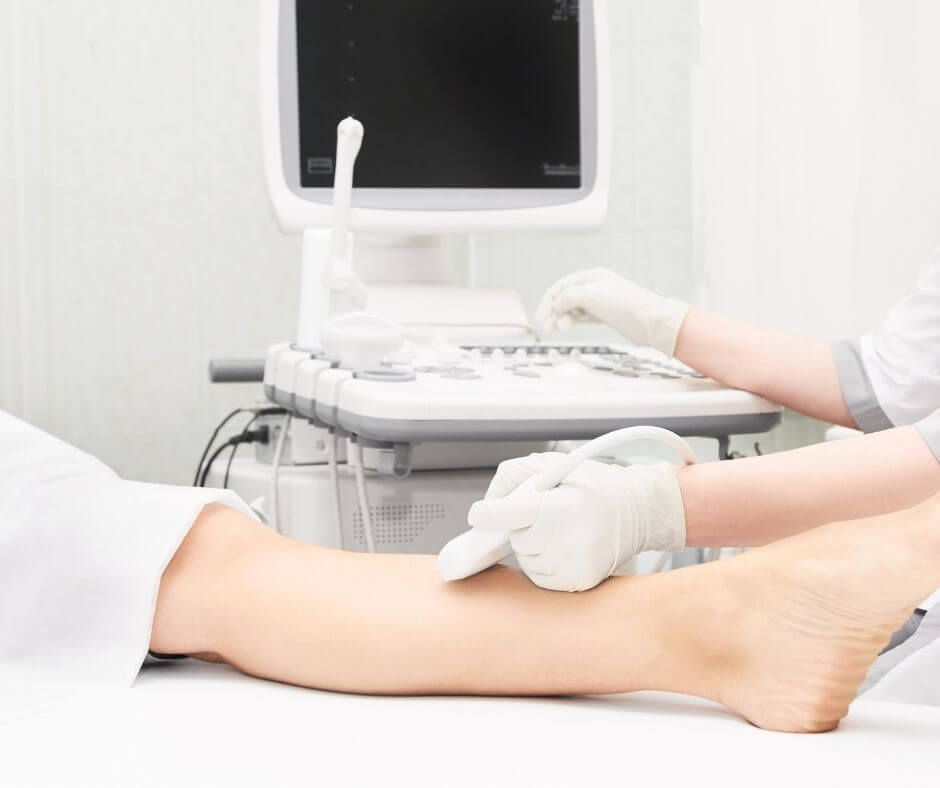
High blood pressure is often referred to as “the silent killer” for its propensity to strike with no symptoms giving forewarning. Ask any person on the street if they’ve heard of high blood pressure, and 99 out of 100 will say “yes.” But ask them if they’ve heard of peripheral artery disease (PAD) and its potential consequences, the odds are they will have no idea what you’re talking about.
Here at VasCare, we are working tirelessly to educate the Corpus Christi community and beyond, including the roughly half of PAD sufferers who have no noticeable symptoms, that amputation and even death can result from failure to diagnose and treat PAD and Critical limb ischemia (CLI).
Each PAD patient we can reach through education and treat with minimally invasive endovascular procedures is another life and multiple limbs saved from the ravages of this devastating, widespread, yet dangerously little-known disease.
What is PAD/CLI?
Peripheral artery disease (PAD) is a serious condition in which blood flow to the arms and/or legs is reduced due to narrowed blood vessels whose walls have been built up with fat deposits. This can cause leg and/or feet pain, cold, numbness, fatigue, and cramping, as well as skin color changes and non-healing sores and calluses.
People with high blood pressure or cholesterol are at elevated risk, as are smokers (tobacco use increases the risk for PAD by 400%), people over 50, obese people, diabetes sufferers, and anyone with a history of heart problems.
CLI (Critical Limb Ischemia) is the most serious form of PAD in which the feet or toes experience severe, constant pain, even during rest. CLI develops after PAD has been present for an extended period of time and has advanced to the point of being life-threatening, requiring immediate treatment.

Detection of PAD/CLI is Poor
As we’ve mentioned, public awareness of PAD is much too low for a disease of its magnitude.
It can take months or years to progress, but it can also advance quickly, and in some cases without symptoms. Sufferers often mistake their symptoms for other issues or dismiss them as being unimportant.
Although early detection can reduce the severity of the disease and minimize the risk of limb loss, it’s often overlooked until late stages such as CLI, at which point outcomes are much worse.
Six months after diagnosis with CLI, roughly 40% of patients will have required an amputation, and another 20% will have died. Of those who require amputation, almost 1 in 10 never leave the hospital.
There is no complete cure for PAD so all patients, even those with milder forms of the disease, must receive continual treatment.
Unfortunately, many patients don’t get the follow-up care they need and, without changes to their lifestyle that contributed to their original diagnosis, they are at risk of PAD progressing again.
The Current State of PAD/CLI in Texas and Beyond
More than 6 million Americans aged 40 and older suffer from PAD, according to the Centers for Disease Control.
Surveys have shown more than 40% of Americans over age 40 have experienced symptoms, and that the majority have not seen a doctor about it nor even know what PAD is!
African Americans are at the highest risk for both contracting PAD and requiring amputation because of it, although why this is remains unknown. Asymptomatic PAD occurs more often in women than men (13% vs. 9% in one study), although after age 59 men outpace women in PAD diagnoses progressively faster into ages 70+ and 80+.
South Texas has not remained unscathed; if anything, all signs point to this region as being among the worst impacted by PAD/CLI in the entire country.
For example, the 2014 Dartmouth Atlas Report found that between 2007 and 2011, much of South and Central Texas’ rates of leg amputations among Medicare beneficiaries with diabetes/PAD were in the highest bracket. The report also revealed that Corpus Christi’s rate of open leg bypass surgeries for the same demographic was 8.6 per 1,000, the second-highest rate for any hospital region in the U.S.
It’s well-established that diabetes and PAD occurrences are positively correlated, which is more bad news for our home of Nueces County.
As of the most recent figures from the CDC, Nueces County’s age-adjusted percentage of diabetes diagnoses in adults 20 and older was 10.5%, high enough to make it the 15th-worst out of 254 Texas counties. And unsurprisingly, the county has maintained one of the state’s highest rates of lower-extremity amputations among diabetes patients for well over a decade.
National Statistics
Corpus Christi/Nueces County Stats
Quality of Life Deterioration
Johns Hopkins Medicine warns that amputation can cause emotional damage including sadness, anger, grief, a loss of independence, and a damaged self-image.
Meanwhile, there will be the practical aspects of limb loss to deal with that can last beyond the months-long recovery and rehabilitation period, such as mobility difficulty, muscle weakness around the amputation site, phantom pain (which has been shown to affect up to 78% of amputation patients), dealing with a prosthesis at home, at work, and in the car, socket issues and discomfort, and sweat buildup from the prosthesis.
PAD/CLI Takes a Heavy Financial Toll
For a preventable disease, one of the biggest tragedies of PAD/CLI is the financial burden it places on patients and the healthcare system.
The average annual medical expenditure for PAD sufferers is $11,553 (vs. $4,219 for non-PAD patients). If the disease necessitates amputation, that procedure averages about $38,000, but can run up to $60,000. Even worse, most amputation revisions–which happen for roughly 15% of all lower extremity amputations for peripheral vascular disease–are not covered by insurance.
Unfortunately, studies have shown that those who are least able to afford huge medical expenses are most at risk for amputation, with the lower the income bracket, the greater the likelihood of limb loss. Add in the pain of lost wages, the cost to pay for family care, and other ancillary expenses, and PAD/CLI becomes an albatross of economic hardship.
VasCare Is Leading the Fight Against
PAD & Saving Limbs
VasCare is leading the charge against PAD in South Texas by creating public awareness, promoting early detection, and treating patients in our state-of-the-art clinic in Corpus Christi.
VasCare in the Community
In addition to educating the public on PAD awareness, VasCare works with podiatrists, wound care physicians, primary care physicians, and others to help patients get the comprehensive care they need to recover from PAD and stay healthy. We’re also leading developers of early detection and comprehensive care protocols, particularly emphasizing the need for better patient follow-up so patients don’t get lost.


Saving Limbs with Minimally Invasive Outpatient Procedures
Our practice is another battleground where we are engaging in the fight against PAD/CLI.
Limb salvage begins with early detection, whether through blood testing, the ankle-brachial index, angiogram, or ultrasound.
After the diagnosis of PAD, to slow its progression, we start patients on an exercise and lifestyle program. For more advanced stages of the disease we will use revascularization to get blood flowing into the lower extremities. These minimally invasive procedures will help relieve symptoms, prevent amputation, and improve quality of life.
VasCare’s own Dr. Lee is one of the most reputed and experienced practitioners of revascularization in the country.
At VasCare, we recognize our great responsibility of being revascularization experts in one of the most highly concentrated populations of people with PAD in the world.
Our message to people across the Coastal Bend and throughout the Rio Grande Valley is:
Don’t become a PAD/CLI statistic. Get the proper treatment and care before it is too late. Your limbs and your life may be on the line.